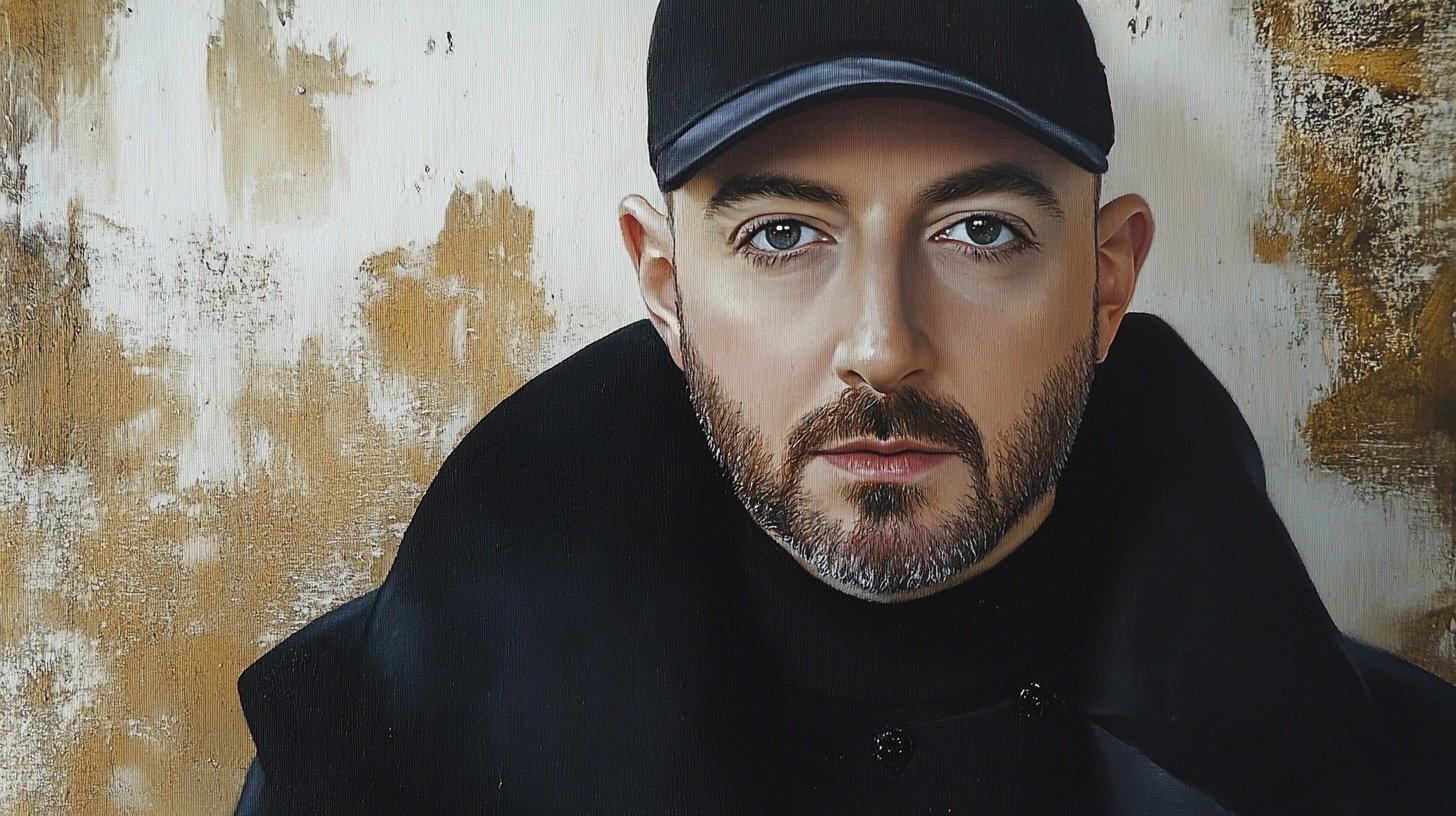Demna ’s Gucci Era Begins: Elegance, Irony, or Pure Fashion Mayhem
Demna is at it again. After nearly a decade of turning Balenciaga into the fashion world’s most chaotic and brilliant spectacle, he’s packing up his oversized silhouettes and heading to Gucci. The fashion industry barely had time to process the news before Kering’s stock took a nosedive, dropping 12% as analysts panicked about what Demna might do to their beloved Italian house of timeless elegance.
The reaction wasn’t exactly surprising. Demna is, after all, fashion’s ultimate disruptor, the man who turned Ikea bags into luxury must-haves, made destroyed sneakers a collector’s item, and transformed Balenciaga into a rolling art experiment where the line between fashion and satire blurred beyond recognition. Gucci, on the other hand, has long been the house of romanticism, maximalist glamour, and Alessandro Michele’s era of vintage bohemian excess. Demna’s appointment is a bit like hiring an anarchist to redecorate a Renaissance palace—thrilling, terrifying, and entirely unpredictable.
For those unfamiliar with his background, Demna Gvasalia was born in 1981 in Sukhumi, in what is now the partially recognised Republic of Abkhazia, a breakaway region of Georgia. His early life was shaped by conflict—his family was forced to flee their home due to the Georgian-Abkhazian war in the early 1990s. This experience of displacement and loss left an undeniable mark on his perspective, both in life and in design. His work often carries themes of identity, exile, and a certain rugged utilitarianism that comes from having lived through instability.
Francesca Bellettini, Kering’s Deputy CEO, seems confident. She called Demna one of the “most influential and accomplished creatives of his generation” and said his appointment was the “perfect catalyst” to reinvigorate Gucci. But Wall Street, it seems, is not quite as convinced. To be fair, this isn’t Demna’s first brush with Gucci. Back in 2021, he dipped his toes into the Florentine house with the Hacker Project, a collaboration that mashed up Gucci and Balenciaga’s codes into a meta-luxury commentary on branding, hype, and the meaning of authenticity in an industry that thrives on knock-offs and reinvention. It was bold, clever, and, in typical Demna fashion, left people arguing over whether it was genius or pure trolling.
Gucci is a much bigger beast than Balenciaga, both in cultural heritage and commercial expectations. While Balenciaga thrived on its status as the enfant terrible of fashion, Gucci has a clientele that isn’t necessarily looking for meme-worthy irony and dystopian social critique with their handbags. The brand’s success depends on a careful balance of artistic credibility and blockbuster sales. Michele’s Gucci was a maximalist dream world, steeped in vintage eccentricity, while Demna’s aesthetic leans towards the dystopian, the absurd, the deconstructed. What happens when a house known for elegance meets a designer known for making fun of consumer culture? That’s the billion-dollar question.
Demna’s route to the top of the fashion world wasn’t exactly conventional. Unlike designers who grew up in the ateliers of Paris, he started his career studying international economics in Tbilisi, Georgia. Fashion, at first, was not the plan. But that changed when he moved to Antwerp, where he studied at the Royal Academy of Fine Arts, the breeding ground for avant-garde designers. This was the same institution that produced the famous Antwerp Six, and it was here that Demna’s approach to fashion was shaped—conceptual, anti-establishment, and more about social commentary than mere aesthetics.
Before Balenciaga, he co-founded Vetements in 2014, a brand that began as a reaction against traditional luxury fashion. Vetements was never about beauty in the classical sense—it was about irony, exaggeration, and subverting expectations. The brand’s infamous DHL T-shirt, retailing at absurdly high prices, became a symbol of Demna’s approach: taking the mundane and turning it into high fashion. He made oversized hoodies a luxury staple and sent models down the runway wearing exaggerated shoulder pads that made them look like comic-book villains. Fashion purists were scandalised; the new generation was obsessed.
The stock market’s reaction speaks volumes. Investors don’t just want creativity; they want predictability, reassurance that the brand will keep making money. Demna, with his love of spectacle and his tendency to provoke, is anything but predictable. He turned Balenciaga into a think piece, a social experiment, an ongoing joke that was also, somehow, the most relevant fashion brand of the decade. But will that approach work for Gucci, a house with an even larger and more traditional consumer base?
There’s a fine line between revolutionising a brand and alienating its core audience. If Demna’s vision aligns with Gucci’s heritage in a way that feels fresh rather than antagonistic, he could redefine the house for a new era. But if he pushes too far into his trademark irony and social commentary, he risks creating a disconnect between Gucci and the loyal customers who expect a certain kind of beauty and luxury from the brand.
This appointment is one of the boldest moves in recent fashion history. It could be a stroke of genius, a collision of opposites that reinvents Gucci for a new generation. Or it could be a cultural mismatch that leaves investors and consumers confused. Either way, it won’t be boring. With Demna, nothing ever is.
